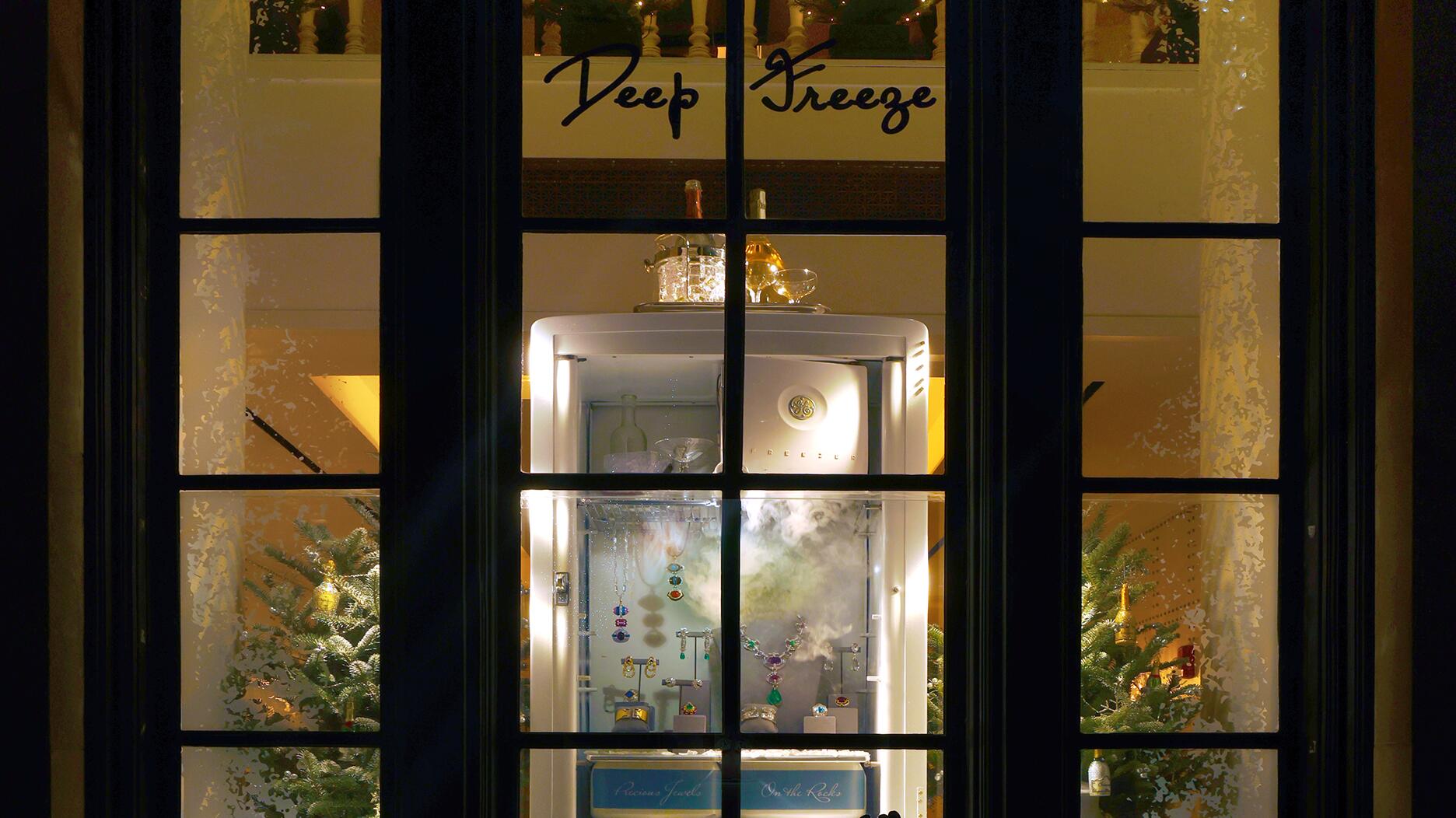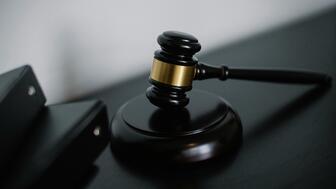Carlos Jose Hernandez and Joshua Zuazo were sentenced to life without the possibility of parole in the 2024 murder of Hussein “Sam” Murray.
Column: Looking Back and Thinking Forward, Part I
In a two-part column, Jan Brassem relives the closing of his jewelry manufacturing firm in the early ‘80s and the 4 lessons it taught him about success in the jewelry business. Part I: The good old days.
Leading U.S. business schools now are using case histories (“cases”) as teaching tools. Professors feel actual cases are valuable problem-solving generators because a) they describe specific corporate problems/opportunities and b) they allow students to strategize and solve problems and seize opportunities.
The list is problematic: two economic recessions, increasing gold prices, disappearing distribution channels, new computer applications and changing demographics.
There are no simple answers on how to deal with the array of changes confronting this company. The only thing you should ask yourself, “What would I have done under these circumstances?”
That was only the initial part of the saga, the best part. The difficult component followed. Before I start, however, here’s the back story.
Having fulfilled my military service, earned an MBA (paid for by Uncle Sam) and worked for several years in the venture capital field, it was high time to find a career that would leverage my talents and interests. So after months of searching, applying financial analytics and negotiations, I, along with the financial assistance again from the U.S. Department of Veterans Affairs (the VA) and a group of investors, targeted and acquired a 250-employee jewelry firm in 1978.
It manufactured (contracted, as it was called in those days) low-end gold and silver jewelry castings that we polished and set with inexpensive stones and diamonds and shipped. I was still a young guy, in my mid-30s, on a fast track. Years later, that fast track would hit a cliff.
Dare I say it … Things started wonderfully. In those lofty days, (late ‘60s to the mid-80s), the jewelry industry was a demand-driven business. Most manufacturers, especially like the one I now owned, spent most of their focus on shipping customer orders by working five-and-a-half days a week.
Our customers, a mix of young female Gen Xers and some baby boomers, were high school, college and young working women with limited disposable income. The gold jewelry we produced--around 10,000 units per month--luckily hit their price point exactly. We had several competitors but, like us, they didn’t see a need to do any
In those days, jewelry retailers were supported by the extremely successful marketing campaigns of two industry giants, De Beers and the World Gold Council; namely, WGC’s, million-dollar “Nothing Feels Like Real Gold” campaign, and De Beers’ diamond promotion, “A Diamond Is Forever.” Both were big hits.
The Jewelers of America (JA) trade shows were held at the Hilton Hotel in New York City. Customers stopped in at your booth, or suite, and met you for dinner at the hotel after the show closed for the day. It became a place to mix business with friendship. The show was fun and successful.
But wait! The price of gold was starting to inch up from a low of $40/ounce and already was at $308/ounce.
If you mentioned the words “social networking,” the probable response would be, “Huh?” Furthermore, in those pre-Microsoft Excel days, you’d be laboring over spreadsheets with paper, pencil, adding machine and eraser to manually compute totals.
Social networking, about to burst on the marketing scene, was on the horizon. The embryonic HSN, and later QVC, were just starting to sell jewelry via TV. Both were our customers. You get the muddy picture of this rapidly changing--and confusing--period.
As if that wasn’t enough, we were heading into President Reagan’s W-shaped, or double-dip, recession.
Everybody stopped smiling … An industry in disruption. To be sure, some prescient industry leaders were already mindful of the dark clouds.
For example, Gerry Peterson, a titular industry leader in high-end diamond ring designing and manufacturing at that time, sold his company, Peterson Enterprises Inc., to an Indian diamond company in 1980.
Ultimately, the rising gold price was starting to filter down to those retailers targeting baby boomers and remaining Gen Xers.
By 1980, gold, on average, was at $615/ounce. Industry disruption was at hand.
Jan Brassem is a senior partner at MainBrace Global Partners, a global jewelry advisory and M&A firm with offices in New York and Hong Kong. You can e-mail him at Jan-at-MainBraceGlobalPartners.com.
The Latest

Yood will serve alongside Eduard Stefanescu, the sustainability manager for C.Hafner, a precious metals refiner in Germany.
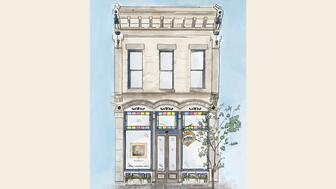
The New Orleans jeweler is also hosting pop-up jewelry boutiques in New York City and Dallas.

How Jewelers of America’s 20 Under 40 are leading to ensure a brighter future for the jewelry industry.

Set in a Tiffany & Co. necklace, it sold for $4.2 million, the highest price and price per carat paid for a Paraíba tourmaline at auction.

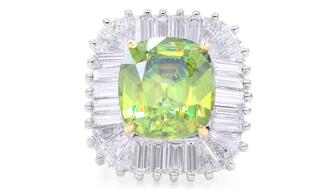
Take luxury gifting to new heights this holiday season with the jeweler’s showstopping 12-carat sphene ring.
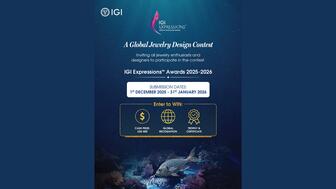
This year's theme is “Unveiling the Depths of the Ocean.”

Roseco’s 704-page catalog showcases new lab-grown diamonds, findings, tools & more—available in print or interactive digital editions.

In its annual report, Pinterest noted an increase in searches for brooches, heirloom jewelry, and ‘80s luxury.

Starting Jan. 1, customers can request the service for opal, peridot, and demantoid garnet.

The 111-year-old retailer celebrated the opening of its new location in Salem, New Hampshire, which is its third store in the state.

The filmmaker’s personal F.P. Journe “FFC” prototype was the star of Phillips’ recent record-setting watch auction in New York.

The new location in the Design District pays homage to Miami’s Art Deco heritage and its connection to the ocean.
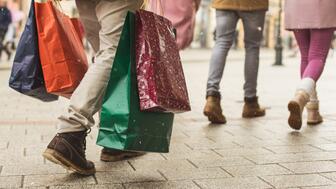
Inflations, tariffs, and politics—including the government shutdown—were among consumers’ top concerns last month.

“Longtime favorite” presenters, as well as first-time speakers, will lead talks and workshops at the annual event in Tucson next year.

Silas Smith of Meridian Metalworks won the challenge with his pendant that blends Australian and American landscapes.
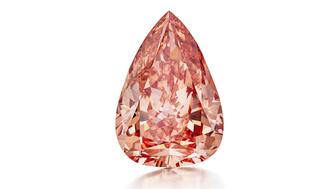
The sale of the 31.68-carat, sunset-hued stone was part of Sotheby’s first series of events and auctions in Abu Dhabi.
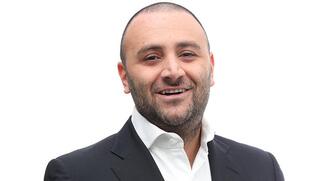
Most customers who walk into your store this month have made up their minds. Your job is to validate their choice, Emmanuel Raheb writes.

The collection features characters and motifs from Ukrainian folklore, including an enchanted mirror and a magic egg.
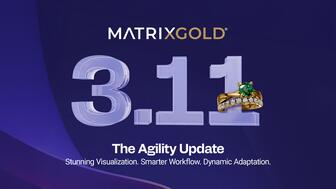
MatrixGold 3.11, the newest version of the jewelry design program, offers more flexibility, precision, and creative control.

The pavilion will be part of the 2026 JA New York Spring show, scheduled for March 15 to 17.
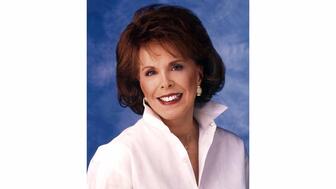
Kadet, a 1994 National Jeweler Retailer Hall of Fame inductee, helped grow the family-owned retailer in the Chicago area and beyond.

Billed as the world’s smallest wearable, Lumia Health’s new smart earrings have a health tracker subtly embedded in the back.

Don’t let those with December birthdays feel blue. Help them celebrate their month with blue zircon, turquoise, and tanzanite.

The new pink sapphire version of the piece dances with its wearer in the brand’s “Icons After Dark” holiday campaign.
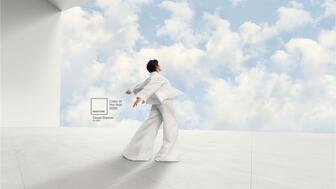
A choice that’s generated a lot of commentary, Pantone says “Cloud Dancer” marks a fresh start and encourages relaxation and creativity.

The manufacturer’s holiday campaign features a gift guide filled with trending designs and jewelry that can be personalized.










